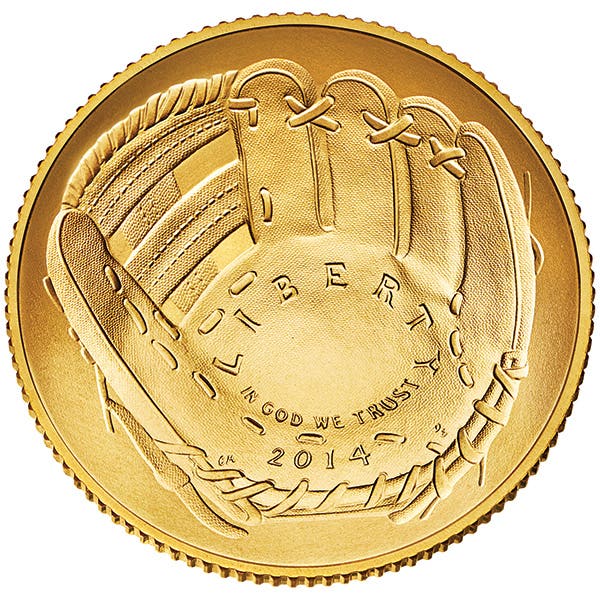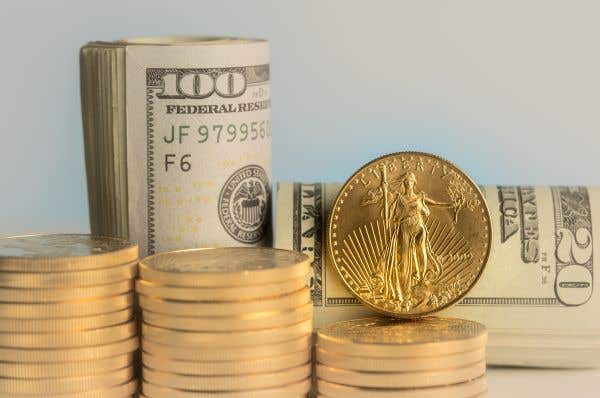Nearly 3 million coins in CC hoard
Can you tell me what was in the General Services Administration inventory of Carson City dollars when the auction sales began? The inventory was without question the largest single accumulation…
Can you tell me what was in the General Services Administration inventory of Carson City dollars when the auction sales began?
The inventory was without question the largest single accumulation of Carson City silver dollars. By date, followed by number of pieces, it included:
1878-CC 60,993
1879-CC 4,123
1880-CC 131,529
1881-CC 147,485
1882-CC 605,029
1883-CC 755,518
1884-CC 962,638
1885-CC 148,285
1889-CC 1
1890-CC 3,949
1891-CC 5,687
1892-CC 1
1893-CC 1
The total was 2,937,695 coins.
Aren’t those who oppose the abolition of the one-cent coin using a rather dated argument?
Perhaps a bit out of context, yes. But the very same argument was advanced in the late 1700s by no less a personage than Alexander Hamilton, who argued for the introduction of the half cent denomination by citing the very real possibility that merchants, for lack of a half cent, would round prices up to a full cent. If this sounds familiar, that’s because it is exactly the argument used today: Prices would be rounded up to the nearest nickel. The current argument ignores the fact that a four-cent rounding today is a small fraction of the value of a half cent in Hamilton’s day.
When were our large denomination notes recalled?
The order issued was issued on July 14, 1969, but it was not a recall. After that date, all $500, $1,000, $5,000 and $10,000 notes were to be removed from circulation when they returned to a Federal Reserve Bank. None has been printed since 1945. There are approximately 250,000 large denomination notes, mostly $500 and $1,000, still in circulation. This does not mean that they are no longer legal tender, a point that is often confusing to the public.
Where does the nickname “rag pickers” come from?
The paper upon which our first federal notes were printed, and which continued in use until after World War I, was made primarily from linen rags. This connection with paper money easily led to the nickname. There was an even earlier nickname that undoubtedly evolved into the current term, as during the Civil War when the rag paper was introduced, they were commonly called “rag money.” Cartoonists had a great time depicting those agitating for the Greenbacks as holding a rag doll, so the connection was repeatedly impressed on the general public.
E-mail inquiries only. Do not send letters in the mail. Send to Giedroyc@Bright.net. Because of space limitations, we are unable to publish all questions.
This article was originally printed in Numismatic News Express. >> Subscribe today
More Collecting Resources
• Keep up to date on prices for Canada, United States and Mexico coinage with the 2018 North American Coins & Prices guide.
• Start becoming a coin collector today with this popular course, Coin Collecting 101.









